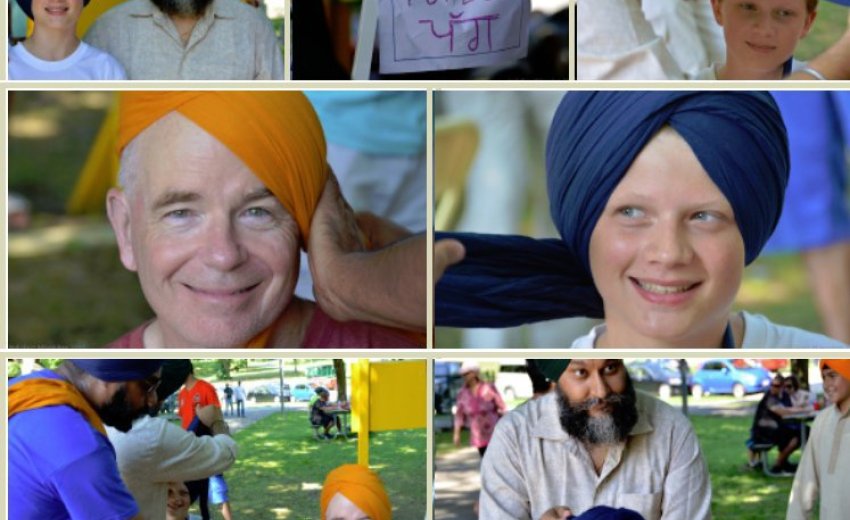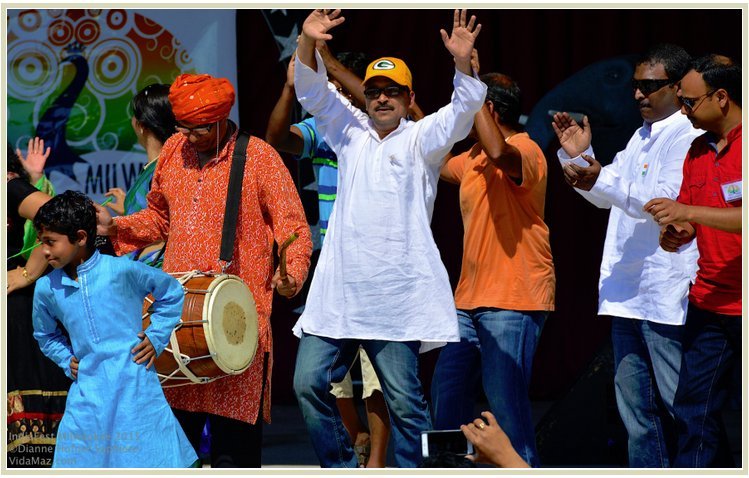 |
| IndiaFest Milwaukee 2015 |
August 16, 2015: The life of an expat or immigrant involves integrating oneself and one’s family into a new home, while also maintaining ties to family and heritage. We all need roots to give us strength, help us grow lush and flexible. Thus, each summer, we do our best to return from our home in Mazatlán, México to Wisconsin, USA, where I was raised, to spend time with extended family and strengthen those root connections.
This weekend, we were looking for something to do with our nephew and his son—something that would be enjoyable for three generations of family. We read an ad on the internet that sounded too campy to be believed—in short, right up our alley: Bollywood and classical Indian dance, food, and the election of Mr/Miss/Mrs Wisconsin Indian…” Green Bay Packers and Bollywood dancers? Cheeseheads and rangoli-makers? It sounded like too good a combination to be missed!

While we went to the third annual IndiaFest Milwaukee expecting to have fun, which we indeed did, the experience was so very much more than I expected. To witness these immigrants and expats maintaining their connections to their heritage, while we were doing the same, was a huge blessing. To watch my nephew dance on stage with a large portion of southeastern Wisconsin’s Indian-American community, to see the joy in my husband’s face as he wore a turban for an hour and spoke with local Sikhs about their experience, and to witness my great-nephew fall in love with chaat after having turned up his nose at it, was a privilege indeed.
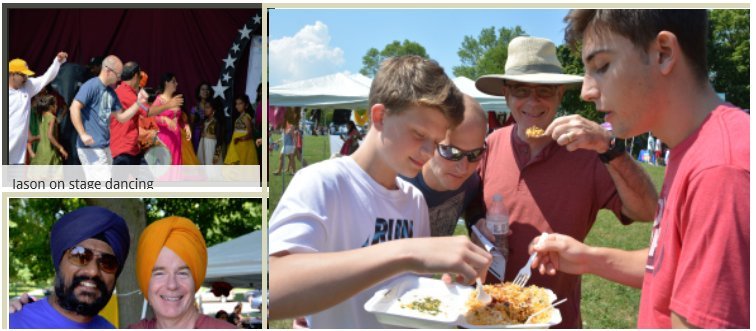
I have written before on this blog about the pleasure I get learning how parents pass their traditions on to their children, and IndiaFest is no exception. We saw multigenerational families dressed in traditional garb. We ate our fill of homemade food. And we felt the swell of pride as parents and grandparents watched their youngsters sing and dance to classical and modern Indian songs.
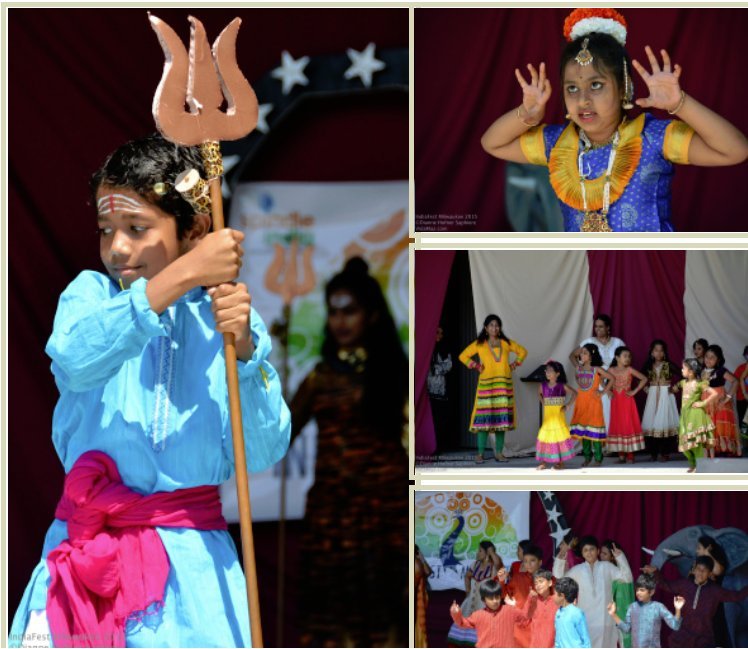
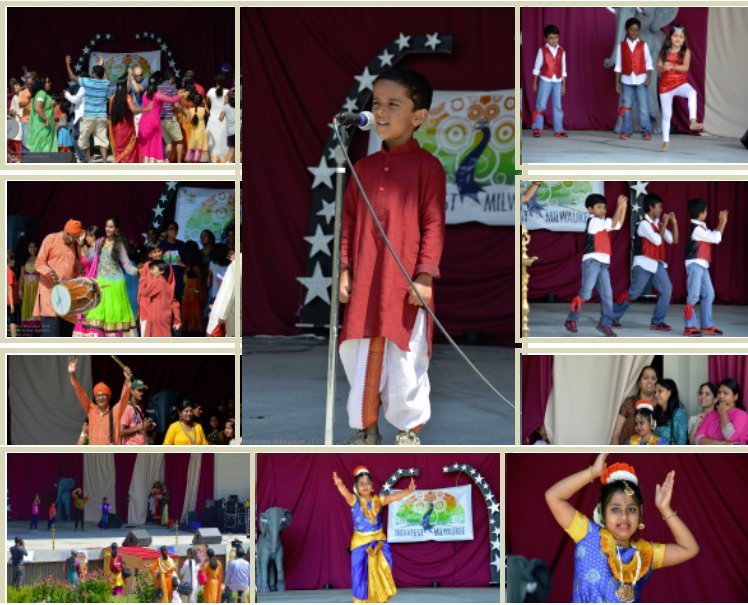
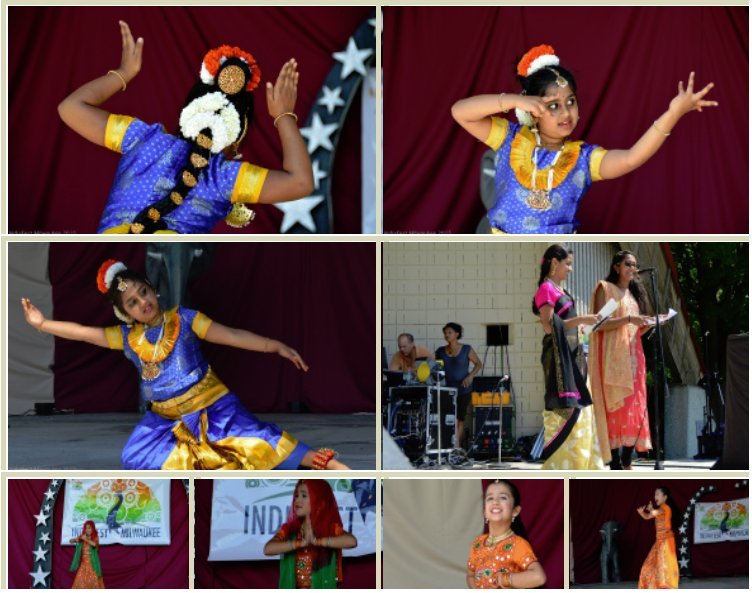
IndiaFest was held on Saturday, August 15th—Indian Independence Day, which in 2015 happens to be the 69th anniversary of the country’s independence from Great Britain in 1947. It was held in Humboldt Park, Milwaukee.
Over 25 million Indians live abroad, according to the Ministry of Overseas Indian Affairs. In contrast, the US State Department says only three to six million US Americans live overseas. My nephew and his family don’t even have passports, and friends and family in the States frequently ask us if we are still US citizens—they are so incredulous anyone born here would willingly choose to live outside the USA. The expertise of the Indian diaspora was evident on Saturday as we experienced the local Indian-American community’s talent at involving those of us who attended the festival in their culture, motivating us to feel joy at their presence in Wisconsin.
Empathy-building was perhaps best created in the innovative yet simple turban-wearing opportunity offered by a few Sikh men who had set up a booth with a dozen or so lengths of cloth. They encouraged festival goers to let them tie a turban on their head, and then wear it for an hour. My great nephew Caleb and husband Greg participated, learning about kesh—the Sikh religious practice in which men do not cut their hair or beards, to show respect for the perfection of God’s creation. They also learned that not all Indians wear turbans, as they saw several Indian men do so for the first time in their lives.
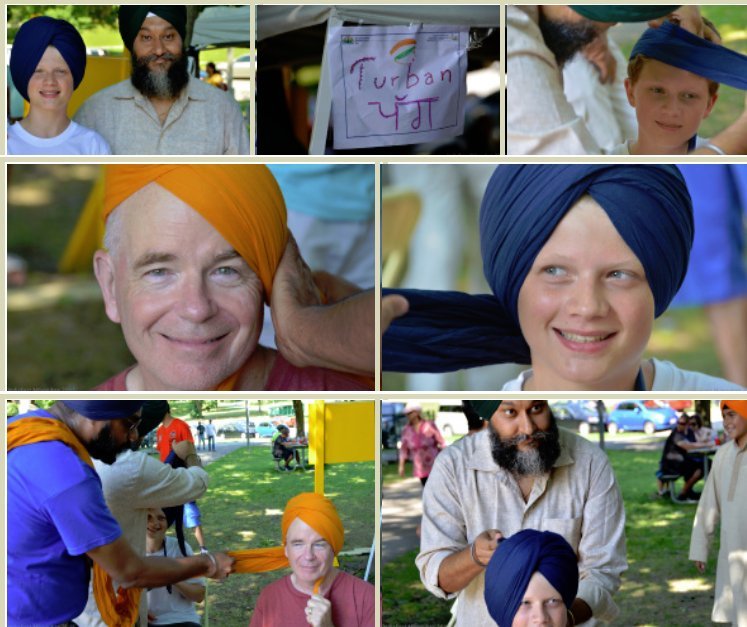
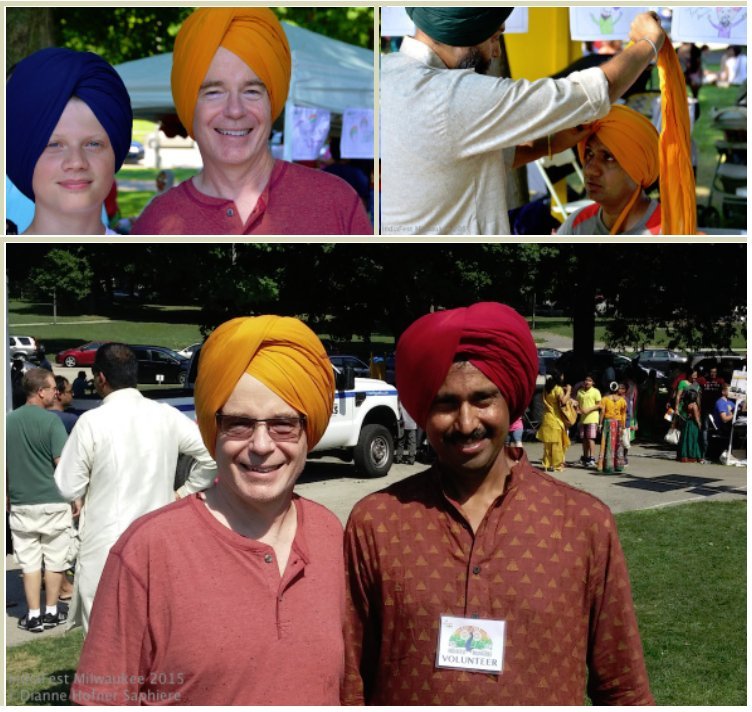
The free blood pressure tests offered by Muslim hospital staff were another subtle empathy builder. When I was a younger interculturalist, I often would mentally poo-poo festivals like this as fun, but as not having enough depth to build real intercultural competence or empathy. However, my family members don’t know much about India or Islam, and like most US Americans are sadly taught via the media and society to distrust those who are different than them. So, to see them talking and joking with, respecting and thanking, Muslim nurses who helped them, was powerful.

My personal favorite activity was the rangoli-making, that gorgeous folk art we see created in courtyards during festivals, using colored sand, flower petals or dyed rice. Rangoli have different names in the different regions of India—kolam, mandana, muggu, alpana, among others. These decorations are welcoming areas for the Hindu gods and are thus thought to bring good luck. At IndiaFest, the rangoli were drawn on tarps with colored sand and white salt.
Saturday was my first opportunity to watch a rangoli created from start to finish. I was fascinated at the three different styles used. Rohini had hers drawn on a piece of paper. First she set down a reddish orange background, and then “painted” over it with white. She was expert at using her hands and fingers to put down fine lines. When she crowned Ganesha in a way she didn’t like, she swept the sand aside with her hand and did it over. She was the first person finished.
Rohini put a swastika in her Ganesha design. I was really proud of Caleb (a high school freshman), because he knew the history of the swastika, its importance in so many Eastern spiritual traditions (Hinduism, Buddhism, Jainism), its auspicious origins, and its appropriation and transformation into evil by the Nazis. A big shout-out for public education in Racine! Far too many westerners have no idea about this.


In contrast to Rohini’s rangoli, there were two women (sorry I failed to get their names) who worked together on theirs. They worked from a very rough, impressionistic sketch on paper, and began by using crayon and yarn like a compass, to draw concentric circles on the tarp. They then shook different colors of sand through a sieve, filling the center circle with blue, and creating a tie-dye effect in the outer circle. Once they filled the two circular areas, they drew designs in white on top of their blue and multi-hued backgrounds. They added in purple and blue circles surrounding all this at the end, and after drawing on it in white they finished their rangoli with various candles. If I were to choose a style of rangoli-making as my own, this would be it: highly spontaneous and emergent.

I was happy to see a man creating rangoli. Unlike the ladies who sketched their designs on paper, Hemendra had his design on his cell phone. He drew the design in crayon on the tarp, and then filled in background color around it. Like the ladies, he used a sieve to apply color, and also used his hands and fingers to draw fine lines of the design. Unlike the others, he used a stick and his fingers to “cut” designs into the colored sand, and he sprinkled colored sand over the top of the design as a final touch on his creation. Hemendra was very methodical, and the last to finish.
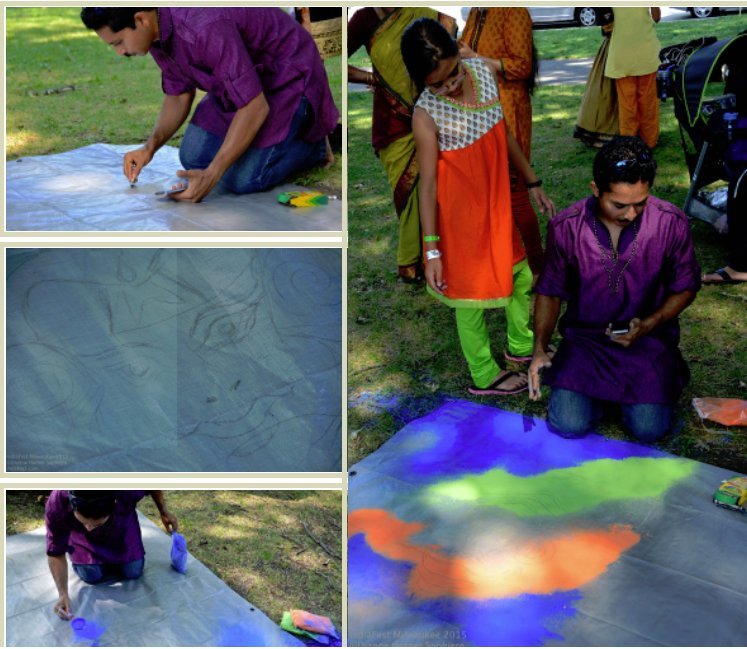

All three rangoli turned out beautifully!
No festival is complete without food, and there was plenty of it at IndiaFest! Our family ate non-stop, it seemed, from the time we got there to the time we left. Homemade Indian snacks, main dishes and drinks definitely helped us enjoy the hot afternoon.
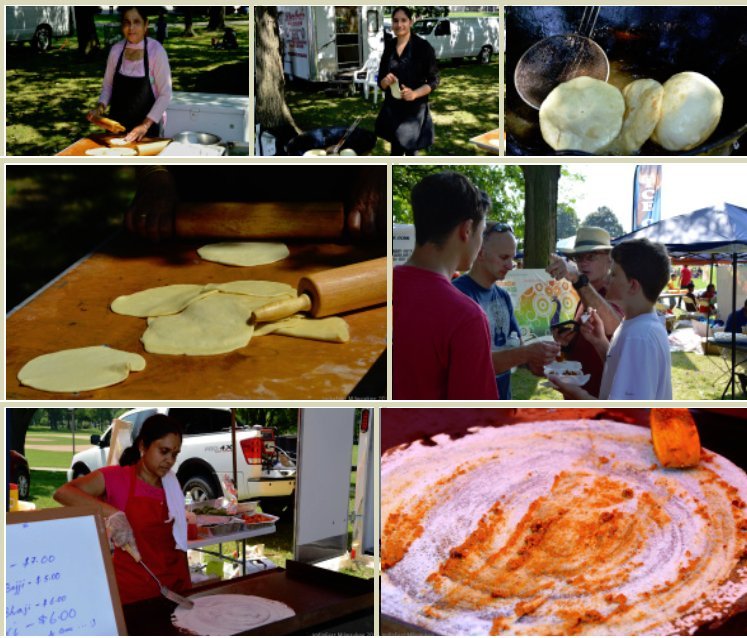
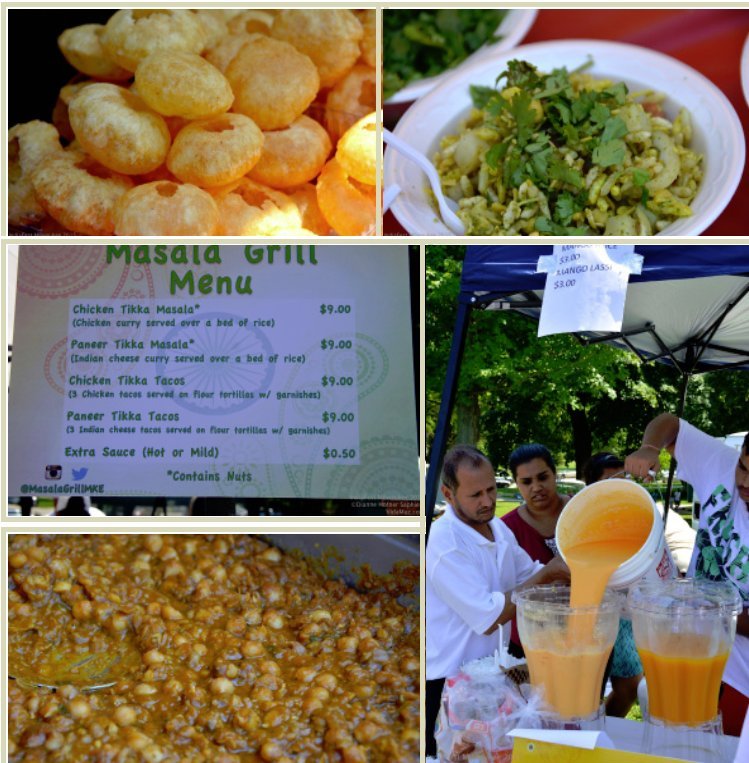
Another activity we very much enjoyed was taking our family photo in front of a green screen. The guy charged us $10 and said he’d email us ten photos: our family in front of the Taj Mahal and in various other iconic Indian locations. How absolutely cool is that?! We haven’t yet received those photos, so I can’t share them with you here. There was also a guy selling bubble blowers to the kids, and I tried to get some photos of the bubbles, something that is always challenging. Below I share with you a couple.

We noticed so many commonalties between Indian and Mexican cultures, including the love of: family, joy, color, dance, visual arts, “bling,” makeup, food, music, and singing; respect for tradition and the embracing of modernity; the ease with which cultures, languages and religions are mixed; and the inclusive hospitality.
Words don’t suffice to extend my gratitude to the Indian-American community of southeastern Wisconsin. Thank you so very much for allowing my family this opportunity to feel “at home” in a community I grew up in, that you have helped make richer, more multicultural and inclusive. Thank you for teaching us and sharing with us as a family so generously. Happy Independence Day!

—
